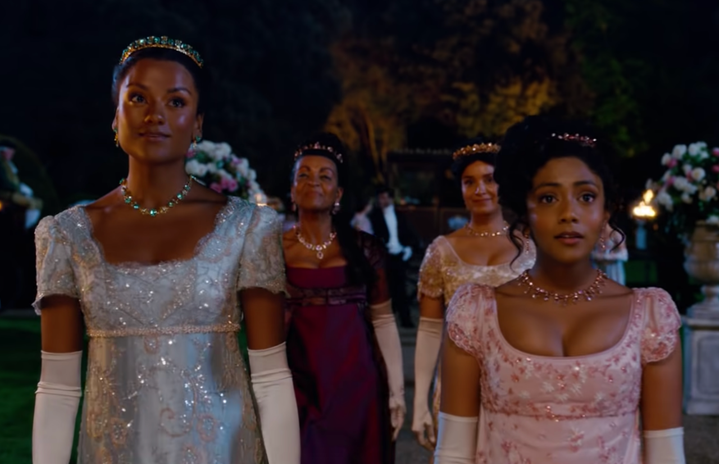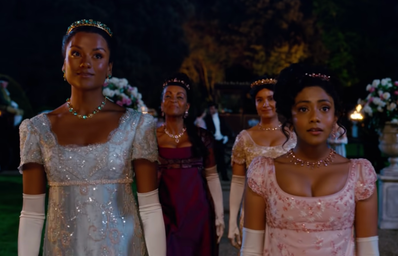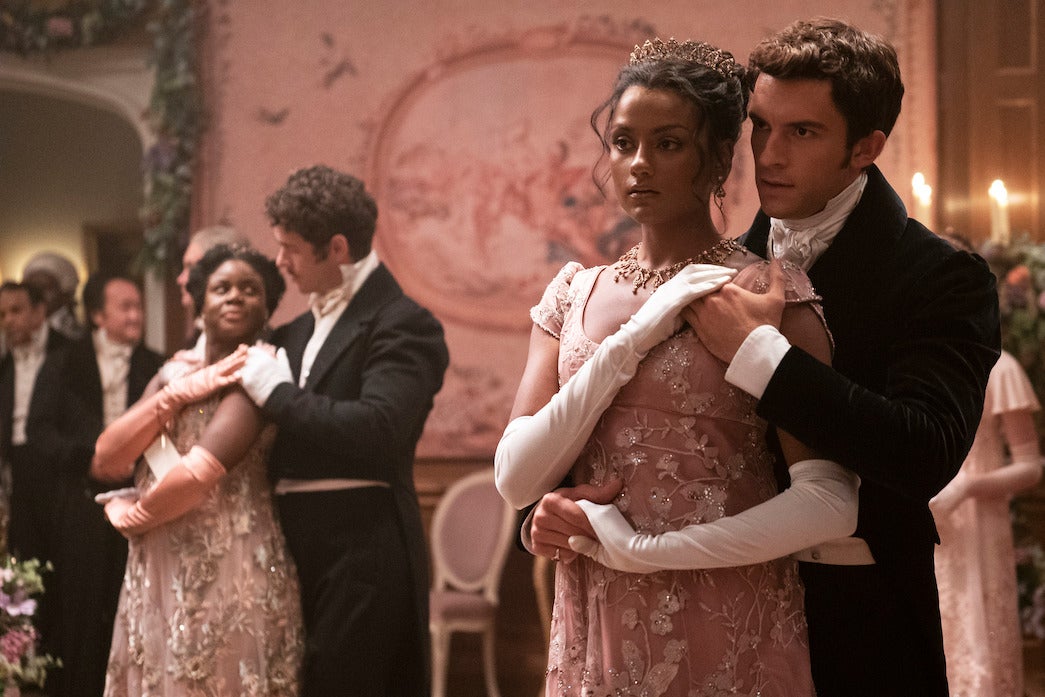Her Campus American journalists are free to express opinions. The opinions in this article are not representative of Her Campus American’s opinions as an organization.
When the second season of Bridgerton emerged from Shondaland, everyone knew: teens, moms and even dads. The regency-era show’s fanbase only grew with trailers and advertisements of a new South Asian family taking a lead role in the plot. What excited fans didn’t know, and many still don’t know, is that this representation is generalizing, complicated and arbitrary, all at the same time.
History doesn’t mean much in Bridgerton, and the show has been praised for casting people of color in its period piece and playing instrumental Harry Styles songs in a move that ignores accuracy. In addition to its historical inaccuracy, which does actually promote inclusion and diversity, the show also ignores cultural accuracy, which came to the forefront in this new season.
Many fans, were excited to see people who looked like them in one of their favorite shows. The new characters, Kate and Edwina Sharma, played by Simone Ashley and Charithra Chandran, are the princesses that many little South Asian girls want to envision themselves as. Clad in ornate jewelry with Indian touches and jhumka earrings, the sisters are seemingly an envisionment of representation. Their dark skin also combats the colorism that dictates much of South Asia, where lighter skin is praised as more beautiful. In these ways, Bridgerton gives South Asian women and girls the representation they want.
But, it’s not enough. While the Sharmas are visibly South Asian, the mentions of culture often do not make sense together, and jumble many different practices and norms together, ignoring the diversity across South Asia, particularly in India.
Sharma is a North Indian last name, while Kate and Edwina call their father “Appa,” which is a Tamil (a language from South India) name for father. The sisters grew up in Bombay (now called Mumbai), but Kate calls Edwina “bon,” which is a Bengali word for sister (she also pronounces it incorrectly– the correct pronunciation is bon-ah ).
Kate and Edwina are played by Tamil actresses, while the name Sharma and home in Bombay imply that they are North Indian. All of these inaccuracies suggest that the audience is either to believe that Kate and Edwina are somehow from these many different regions, or that they are just supposed to go along with all of Indian culture squeezed into two characters.
Although the show mentions chai and plays an instrumental version of the beloved “Khabi Khushi Khabi Gham,” it suffocates all of India into these characters– they are meant to be a representation of the whole country. This suffocation ignores the fact that India is a diverse country with hundreds of languages, regional origins and distinct cultures.
It conveys these notions to its predominantly white audience, who already have so little education, awareness and knowledge on South Asia. This perpetuates one version of who Indians are, rather than conveying them as the distinct cultural and regional groups that they truly are. Sure, there is intersectionality in that, but not in an arbitrary manner that Bridgerton creates.
While Bridgerton makes a brave effort on the surface to make every South Asian little girl’s dreams come true, it ignores the nuances of Indian culture and blends one of the largest, diverse groups of people together, effectually ignoring who they truly are.




